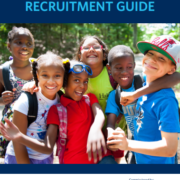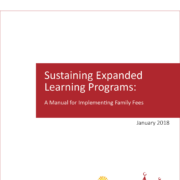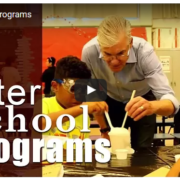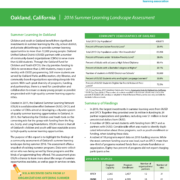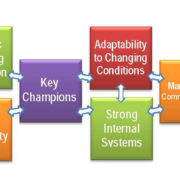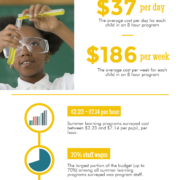Wallace Foundation Releases Summer Learning Recruitment Guide
Research shows that students with high attendance in quality summer learning programs gain an advantage in math and reading. But getting kids to sign up for voluntary summer learning programs isn’t easy. In this guide, you’ll learn from five school districts how to launch a summer learning recruitment effort.

